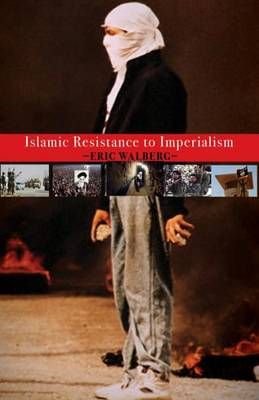Eric Walberg’s third book on geopolitical strategy focuses on the Middle East and the global ramifications of the multiple state destruction resulting from Western aggression, asking: What is left of the historic Middle East upheavals of 1979 (Afghanistan, Iran) and 2011 (the Arab Spring)? How does 9/11 fit into the equation of Islamic resistance? Is al-Qaeda’s long term project still on track? What are the chances that ISIS can prevail in Iraq and Syria? Are they and likeminded jihadists dupes of imperialism or legitimate resistance movements? The imperial strategy of manipulating Islamists to promote imperial ends is at least two centuries old. Emerging most notably in T.E. Lawrence’s use of Arabs to fracture the Ottoman Empire, it led to the actual creation of ‘Islamic states’ (Saudi Arabia and Pakistan) allied with the West; ongoing cooperation between western security forces and Islamists opposed to socialist regimes; and the financing and training of jihadists. But the largely nonviolent 1979 Iranian Shia revolution, inspired by antipathy towards the neocolonial regime and a deep religious faith, was carried out in the name of Islam and had echoes in the Sunni world. That same year, Saudi rebels occupied the Kaaba in a desperate attempt to spark revolution, Syrian Islamists rose up against their secular dictator Hafez al-Assad in 1980, and future al-Qaeda leader Ayman Zawahiri conspired to assassinate Egyptian president Sadat in 1981. But these uprisings were crushed, and the Sunni world remained mired in its neocolonial purgatory, defeated by empire’s machinations and falling prey to Saudi instigations against Shia anti-imperialists. Part I addresses the colonial legacy, the meaning of jihad, the parallel movements among Sunni and Shia to confront imperialism, and recent efforts to unite these common struggles.Part II considers the main figures among the ’neo-Wahhabi’ movement: Azzam, Bin Laden, and Zawahiri. The justification of indiscriminate violence i …












